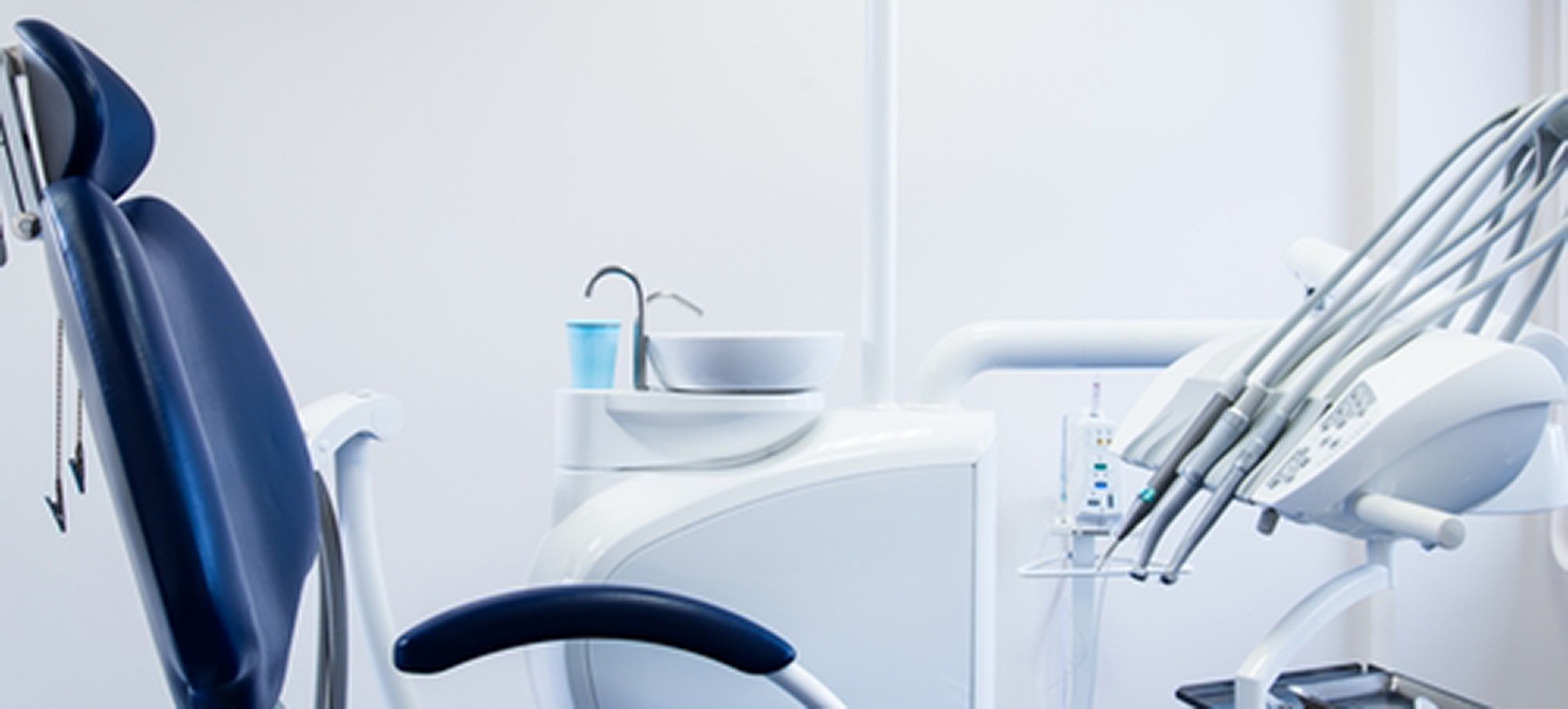Of the many changes that have come with the new presidential administration, environmental regulations under the Environmental Protection Agency are some of the most sweeping. Because all new or pending EPA regulations have been frozen, dental offices in the US are feeling the effects. The specific rule that has affected dentists is one that requires offices to install amalgam separators – the Mercury Effluent Rule.
This rule required that dental offices install amalgam separators by 2019. Finalized in December but not yet published, offices are suddenly no longer required to comply. Wondering what an amalgam separator is and what it could possibly have to do with you? Read on to learn more about what this regulation (or lack thereof) is likely to do to the environment and its inhabitants.
Importance of Amalgam Separators
Amalgam is one type of material used in fillings (as opposed to resin-based composite, another common option). Amalgam contains mercury plus another metal. It is popular because it hardens quickly and withstands the forces of biting and chewing. But because amalgam contains mercury, it needs to be disposed of properly.
The EPA rule required dental offices to dispose of amalgam in effective but low cost ways. The regulation stated that offices would need to do the following:
As these have been recommended practices for some time, many dental practices already comply with these rules. Of the 88% of U.S. dental offices still using or removing amalgam fillings, about 40% have already installed the required equipment. This is due to state laws concerning the reduction of mercury discharge into water treatment plants. Purchasing and installing amalgam separators is simple and affordable, costing about $800 per dental office.
Dr. Kim Okamura’s office has been proactive with regards to mercury pollution. We have complied with existing and potential regulations by having an amalgam separator in our office for over 10 years.
Mercury in the Water Supply
Mercury pollution has been a worldwide concern for many years. The material comes from a variety of sources, include coal-burning power plants and boilers, cement plants, mining sites, and the disposal of products with added mercury. Mercury can end up being released into water or air, if it is incinerated.
The Mercury Effluent rule would reduce the amount of mercury discharge by about 5 tons. This makes a significant difference to environmental pollution overall. The American Dental Association supports this rule, along with all major stakeholders and environmental groups. The rule offers a simple, streamlined way to minimize mercury discharge from dental offices, as opposed to relying on laws at the state level. Only time will tell whether this rule or another similar to it is reinstated.
Dr. Kim Okamura’s office offers mercury- and amalgam-free dental work – if you’re interested in composite fillings, just get in touch to learn more.

